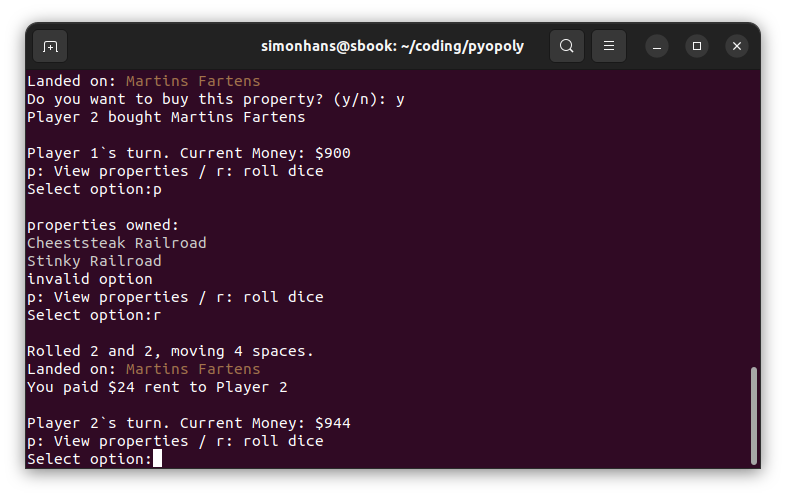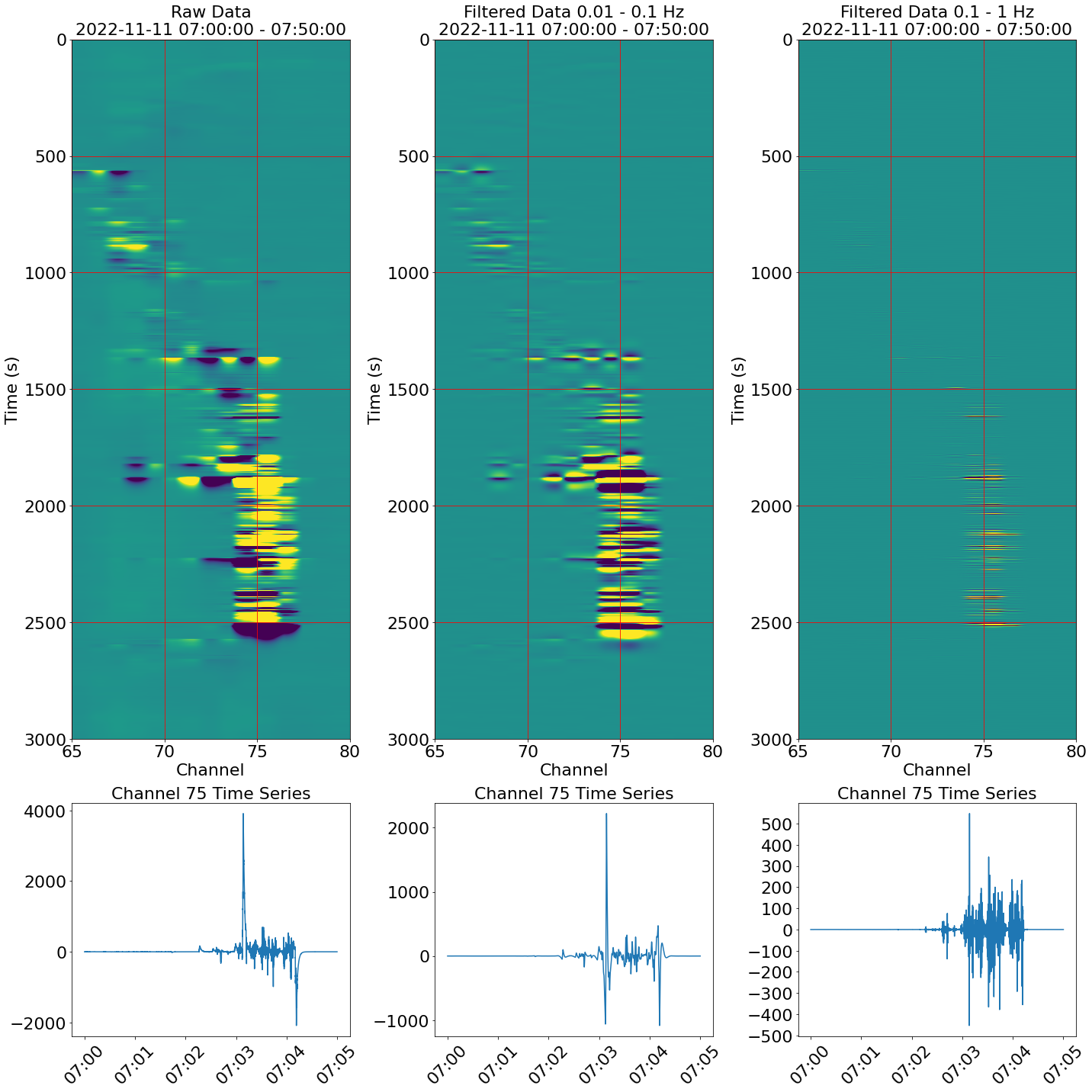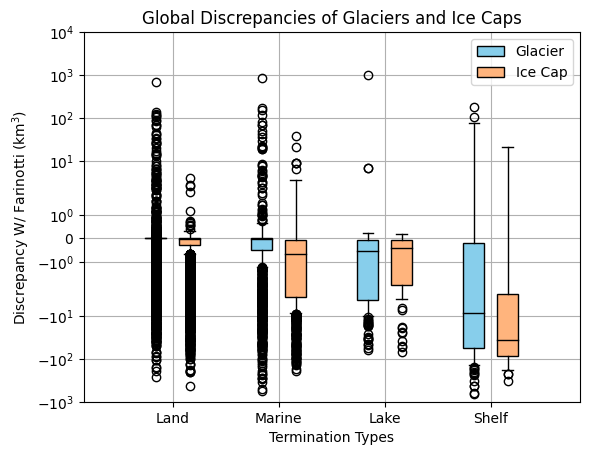March 2022
2022/03/31 #29
Last haiku of March
This one will stay on the page
Better make it count…
Last haiku of March
This one will stay on the page
Better make it count…
Fancy suit and tie
Not as pretty as the wife
Time to give money
Too much fun last night
Paying for it this morning
Time to sleep one off
Got some treats today
Must. Resist. Eating. Them. All.
Starburst were better
Braided locks of gold
Conversations with the old
One thing, it’s not cold
Early morning maths
Code to plot fancy functions
Now go find zero
Ghosts and ghouls abound
Demanding candy payments
Pay them or scrape egg
Polygons decide
Each face will tell a story
Take a chance and roll
symbols, falling leaves
drifting and twirling, they seek
a gentle landing
A rainy day slog
Productive between resting
Finish with puppies
Another loop wraps
Around the sun one more time
What to do this trip?
I’m glad you’re with me
At the end of all these poems
It’s over, it’s done
Monopoly has always been a fun way to kill time. First as a child playing star wars monopoly with my family, then later I made a board and dice from paper to play with fellow recruits in basic training. While on paternity leave I began writing a python based command line interface version of monopoly.

This notebook is devoted to detecting and displaying seismic anomalies detected by the University of Washington Photonic Sensing Lab. A fiber optic cable connects UW Seattle to UW Bothell and runs the length of the city of Seattle, allowing our lab to detect ground moiton. While searching for signals generated by trains moving through underground tunnels in order to audit their schedule, we detected several strange high amplitude, low frequency events between the evening of November 10 thorugh the afternoon of November 14, 2022 under Red Square, the main plaza of the University of Washington Seattle campus.

Farinotti et al. 2019 produced thickness maps for glaciers contained in the Randolph Glacier Inventory, a.k.a. RGI. This notebook projects and plots the thickness map into a readable image.

View manuscript
An accurate estimation of glacier volume is essential for effective water resource management and sea-level rise projections, however, traditional methods for assessing glacier thickness are costly and labor-intensive. This study presents a novel approach to estimating glacier thickness utilizing neural networks trained on thickness data from the Glacier Thickness Database (GlaThiDa) and glacier attributes, such as area or slope, from the Randolph Glacier Inventory (RGI). A regression analysis is conducted on a subset of GlaThiDa data, which is then used to infer thicknesses for glaciers in the RGI dataset. Challenges in matching GlaThiDa thickness data to RGI attributes are addressed, employing distance and area thresholds to en- sure the matched GlaThiDa thickness is representative of RGI attributes. Furthermore, this study provides a comprehensive comparison with existing global estimates. Notably, this study has lower estimates of volume for shelf and marine-terminating glaciers due to a sparsity of available training data. These findings suggest the neural network effectively models a world without ice shelves and their buttressing effect on ice flow. This departure from previous meth- ods and estimates emphasizes the importance of improved observations of glacier thickness data, particularly in marine environments

Dungeons & Dragons and other role-playing games employ complex designs of how a player can interact with the game via their in-game personality, known as a player character or PC. Many choices are available to create a player character. Combinations of these choices lead to a multitude of possible personalities and abilities available to explore. In this paper, these choices are randomized, automated, tracked, and analyzed. Governing attributes (Strength, Dexterity, Constitution, Intelligence, Wisdom, and Charisma) are randomly determined before selecting a species, class, background, and alignment based on the rolled attributes and subjective weighting. This study generates characters according to the suggestions in the 2014 5e Dungeons & Dragons Player’s Handbook in an attempt to quantify the demographics of the adventuring population of Faerun.
